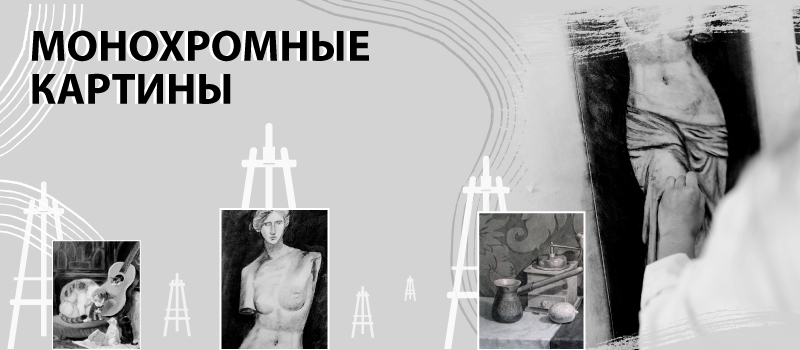
One of the most amazing and profound techniques in painting, despite its monochrome, is grisaille. Its name means gray in French, but in reality, it can be performed in any color. After all, it consists in the one-color transmission of the image using tonal gradations. The tone, not the color matters here. A shade of a certain color, correctly selected in terms of lightness, allows you to make the artwork volumetric and spatial. And its monochrome leaves space for imagination and its own color interpretation.
Grisaille in the history of painting
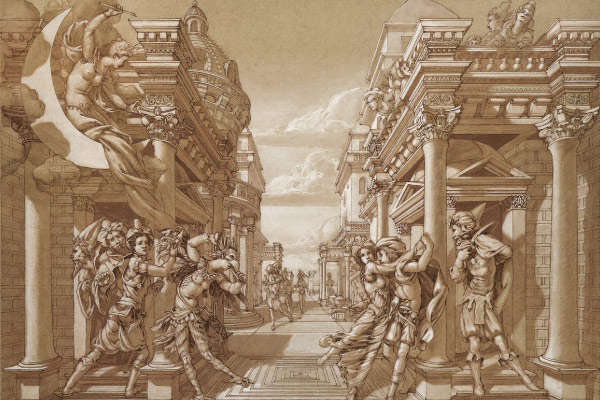
The beginning of the grisaille technique active usage in painting is considered to be the Middle Ages. A meager palette of colors or strict religious canons could serve that. Be that as it may, as a result, monochrome painting began to gain popularity and reached its peak during the Renaissance. Especially skillful masters of that time could create artworks that practically did not differ from volumetric sculptures. This caused a special delight in society, and some cunning even used paintings in the grisaille technique as an imitation of stone sculpture in the interior.
Over time, grisaille moved to easel painting. A striking example is the frescoes and the ceiling of the Sistine Chapel, which were partially done in this technique. It was also actively used by illustrators in handwritten manuscripts. And it is still used by artists to create sketches. Indeed, after completing the compositional drawing, the artist conveys reliefs, volumes and shadows often in one main color.
However, the technique gradually began to lose its former popularity until there was a revolution in the whole world of art in the beginning of the ХХth century. The masters embarked on the path of searching for new meanings and their incarnations on canvas. As a result, they again turned their attention to the monochrome painting. The emphasis was placed on the inner experiences of a person, but not on an accurate depiction of reality, resorting to a new visual aesthetics with the help of it.
Today, the technique is mainly used by young artists who are learning to convey the shape and texture of objects. Grisaille is also quite popular in the interior. For example, a still life in one color or a black and white portrait is a stylish and relevant solution for the home, which is in demand.
Grisaille painting technique
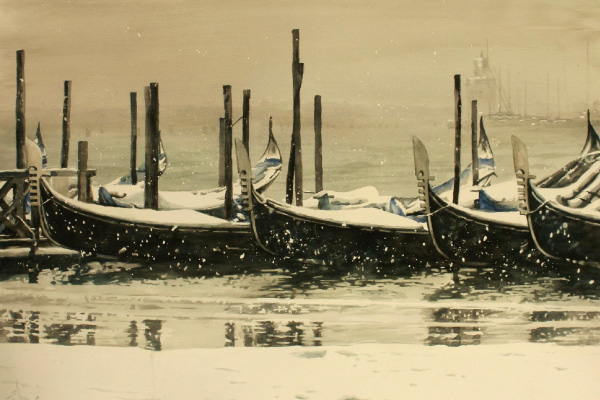
This technique may seem simple to some people. After all, only one color is used here. In reality, it requires a subtle understanding of tones and is very useful for improving your artistic skills. And a special skill is the selection of such an accurate ratio of tones that the artwork even conveys a sense of color. After all, it is the ratio and combination of tones that is more important than accurate color reproduction in painting.
The grisaille technique allows the artist to better feel colors and shades, considering them in terms of saturation and intensity. This is important for the creation of texture and volume on the canvas. Moreover, it allows you to fantasize and draw your own palette of colors in your imagination.
The whole process of working in the grisaille technique can be divided into the following basic stages:
- Studying of the image subject, analysis of the ratio of light and shadow.
- Basic shapes creation.
- Working with the lightest tone.
- Working with a tone of medium intensity.
- Working with dark tones.
- Highlighting the darkest or lightest places (depending on the material you have chosen).
- Adding intermediate tones if necessary.
Of course, the sequence of these steps may vary with different materials. For example, with watercolors, we move from light to dark tones, while with oil, we highlight the lightest areas with whitewash at the end. But definitely, all these steps will be present in the process of creating a grisaille artwork.
Still life in the style of grisaille
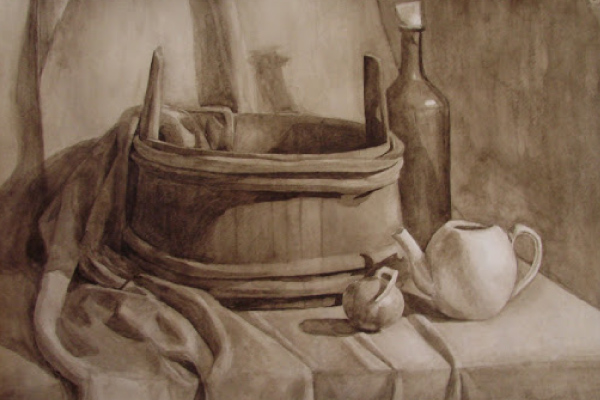
One of the most popular genres in the grisaille technique is still life. It happened so largely due to the fact that novice artists practice their skills of transmitting light and shade with it. After all, this practice significantly increases the level of artistic skill and allows beginners to experience the depth and variety of shades.
If you also decide to practice this way, there are several important factors to consider:
- items for a still life need to be selected different in size, texture and shape;
- items should be harmoniously installed in vertical and horizontal planes;
- drapery should be moderate, without a lot of folds, but not smooth;
- having good lighting is especially important for tracking chiaroscuro.
And of course, remember that the working process will depend on the materials you use. You can paint in the grisaille technique with anything. This can be gouache, watercolor, oil, ink, or pencils. Regardless of your choice, this practice will definitely be useful and will open up a lot of new things for you.
Monochrome paintings
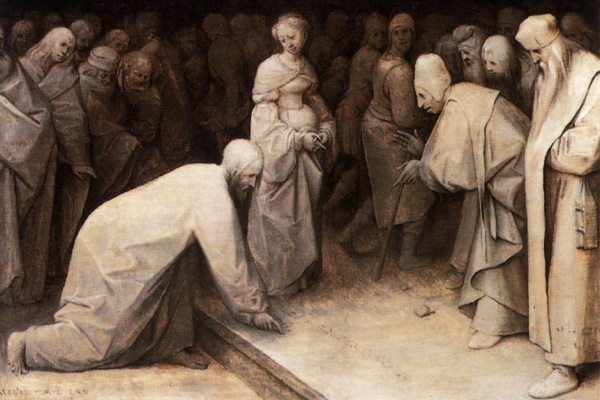
Paintings made in one color are called monochrome. Most often, such artworks are painted in different shades of gray, where they vary from light to dark, from transparent to rich and from cold to warm.
Such paintings are not a sketch or underpainting in the process of creating an artwork, but they are an independent and final result of an image of an object or a person. An excellent example of a monochrome painting that has received public recognition is the artwork of Pablo Picasso entitled "Guernica". It is executed in the cubism style characteristic of the master and reveals to the viewer all the horror and pain of the word "war". After all, this artwork is dedicated to one of the cities of Spain, which suffered terrible losses during the bombing.
And this is far from the only example of piercing and touching monochrome painting in the art world. Many famous masters have turned to the grisaille technique in their artworks in different historical eras. Among them are Bove, Bosch, Rubens and Van Eyck. This means that this technique is definitely worth taking a separate place in the world painting.

The earliest work of Leonardo da Vinci
A small painted tile caused quite a stir among the scientists of the art world. This is because some scholars believe that the recently discovered work is Leonardo da Vinci's earliest known work
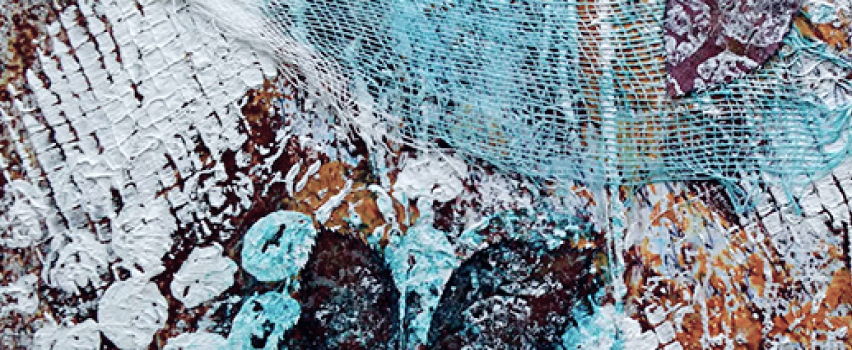
Interesting facts about painting
Paintings hold the secrets of the creator. Sometimes we manage to solve them, but many of them continue to be riddles, or simply stay unnoticed.












Thank you, your review has been sent successfully.
It will be posted on the site after moderation.